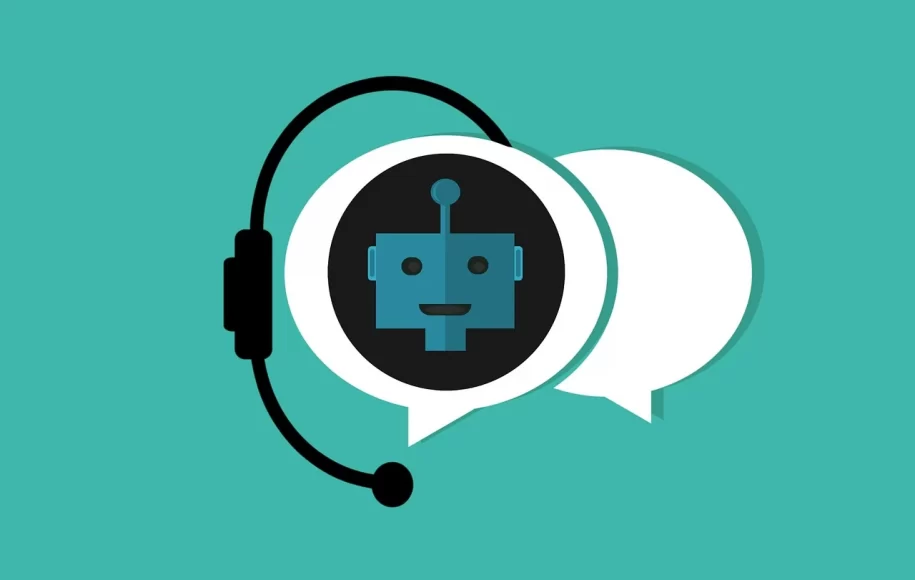Most performance marketers would agree that chat bots are here to stay and that they provide an easy way to engage your customers with automated conversation and support. This article will walk you through exactly how chat bots can be used in your performance marketing strategy, how to set them up correctly, and how to use them effectively. We’ll also cover the pros and cons of chat bots, how they’re being implemented across various industries, and some predictions about the future of chat bots as part of marketing technology solutions.
What are chatbots?
Virtual assistants built in the form of chat bots are AI-driven apps that are adept at handling your customer experience. The idea is to take some of the hard work out of it. Chatbots can automate repetitive tasks, answer frequently asked questions and even provide a human touch when needed. Chatbots can be integrated into just about any platform, including SMS, Facebook Messenger, Slack and more. They’re also ideal for mobile users as they don’t require an app download or account signup.
Understanding how people think about chatbots
In order to craft an effective bot, you need a solid understanding of how people think about and interact with them. Understanding how people think about a specific technology is crucial for designing persuasive and effective experiences with it. If you want people to adopt a new technology (chatbots), it’s important that you understand what kinds of mental models already exist for them. Ask yourself: What existing concepts are similar or analogous? How do people talk about these concepts? How do they go about learning new concepts?
The power of machine learning
chatbots are intelligent software programs that learn from human interaction. As they become more advanced, their capability to understand and respond will improve exponentially. This means we can now harness machine learning technology to have personalised conversations with customers, rather than rely on traditional email marketing tactics. Chatbot technology is not a new kid on the block – it’s been around for several years, but only recently has it come into its own as an invaluable tool for marketers and advertisers.
What makes a good chatbot?
Chatbots are great at answering customer questions, but they aren’t a good option for selling products or services. However, they excel at providing people with information they want and need when it’s convenient for them. As consumers move away from traditional media and toward digital channels like messaging apps, chatbots are an ideal way to stay top-of-mind. (As you may have noticed, more than 50% of digital interactions now occur on messaging apps.)
Challenges with chatbots
While many see chatbots as a disruption or threat, they can also play an important role in effective and efficient communication between humans and machines. Chatbots are still a relatively new tool, so it’s important for marketers who want to incorporate them into their online presence to understand how best to make them work for their brand. Channels like Facebook Messenger and Kik have made implementation of AI that much easier with their easy-to-use APIs, enabling simple integration into various business solutions.
Best ways to integrate chatbots into your marketing strategies
Starting a new chatbot is probably easier than you think. For instance, you can setup a Facebook Messenger chatbot for free by using an app called Chatfuel. This tool lets you set up conversational scenarios and design them visually—you don’t need to code anything. Once you have created a scenario that serves as a template for what you want users to be able to ask, it’s time to add some skills.

